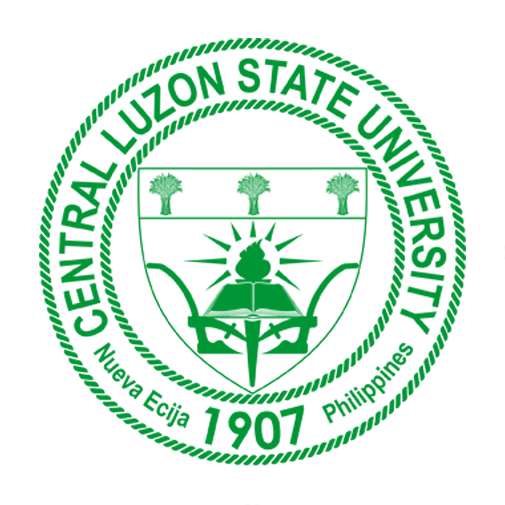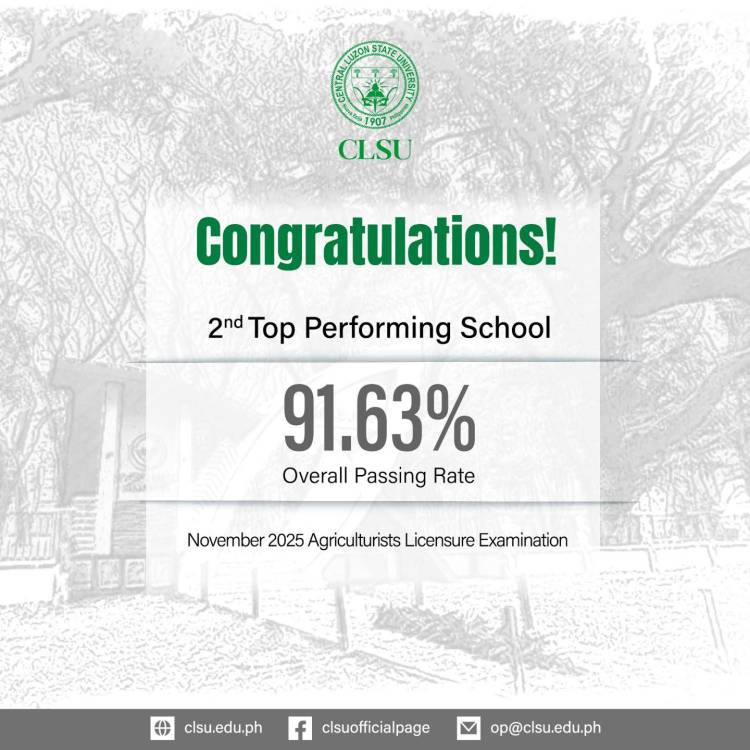Dr. Garry A. Benico, a distinguished professor at Central Luzon State University (CLSU) and one of the leading phycologists in the country, has made a significant contribution to marine biodiversity by discovering new species of marine microalgae, particularly dinoflagellates, in the coastal waters of Obando, Bulacan, in Central Luzon.
Along with his research assistant, Ms. Samantha Esteban, and Japanese scientists, he identified a newly discovered species, Scripsiella luzonenis Benico, Esteban, Kuwata, et Iwataki. This is the first Scripsiella species described in the Philippines, named after Luzon, the island where it was discovered.
The species was isolated in a fish farming area prone to recurring fish kills. While it has not been directly linked to fish mortalities, biological toxicity assays are currently being conducted at the CLSU Algal Diversity and Bioresources Laboratory to assess its ecological impact.
Dr. Benico’s expertise in microalgal taxonomy has led to significant contributions in the field. With this latest discovery, he has now described five species, including three microalgae species found in Philippine waters. His work underscores the country’s rich marine biodiversity and underscores the importance of continued research in microalgal taxonomy.
Considered a “rare species” of scientist for his dedication to taxonomy, Dr. Benico combines traditional classification methods with modern microscopy and molecular techniques. “My approach ensures accurate identification and classification of microalgae, which is crucial for understanding their ecological roles and potential impacts, including harmful algal blooms that affect marine life and coastal economies,” he added.
The discovery further cements CLSU’s reputation as a hub for scientific research and strengthens the University’s commitment to advancing knowledge in agriculture, biological research, and allied fields. As marine ecosystems face increasing threats from climate change and human activities, this research provides valuable insights into the diversity and ecological significance of microalgae in Philippine waters.







